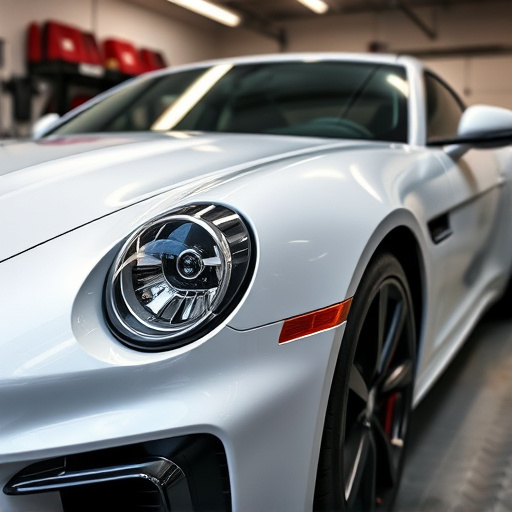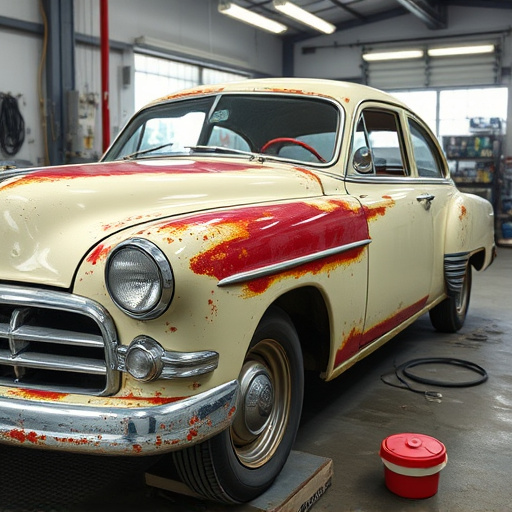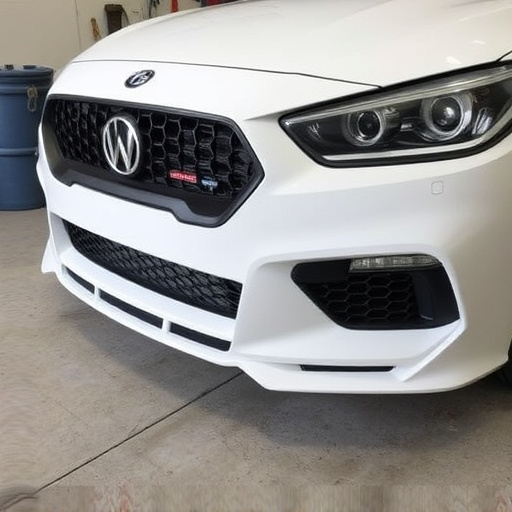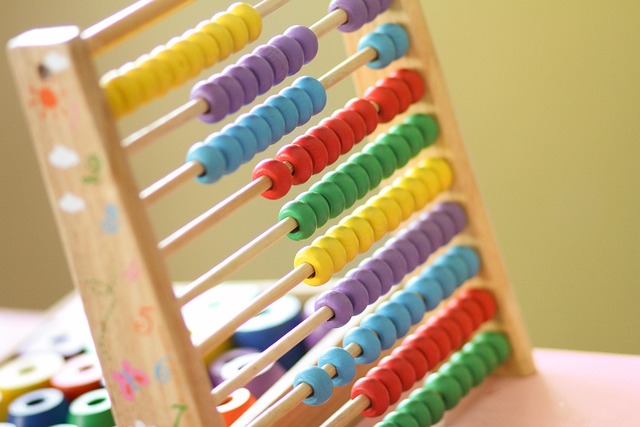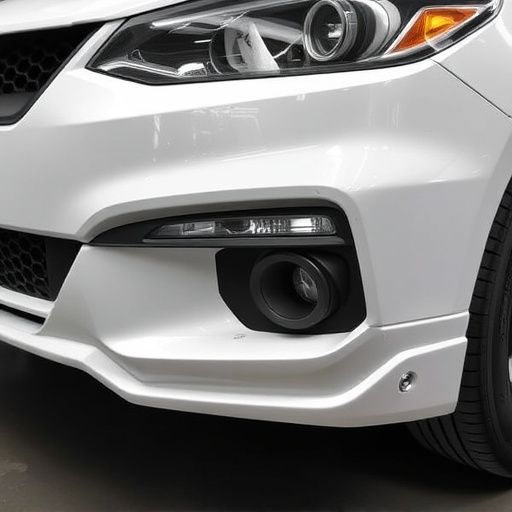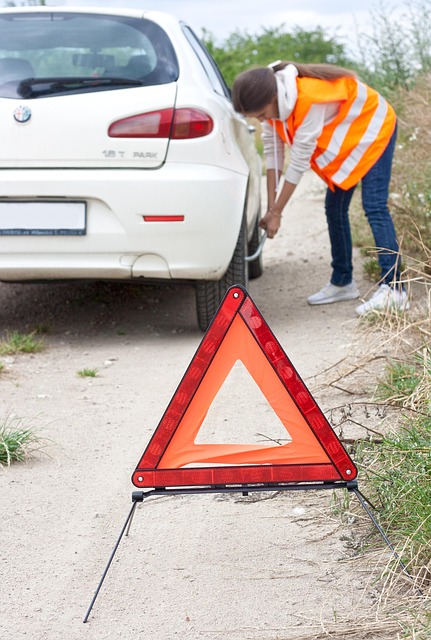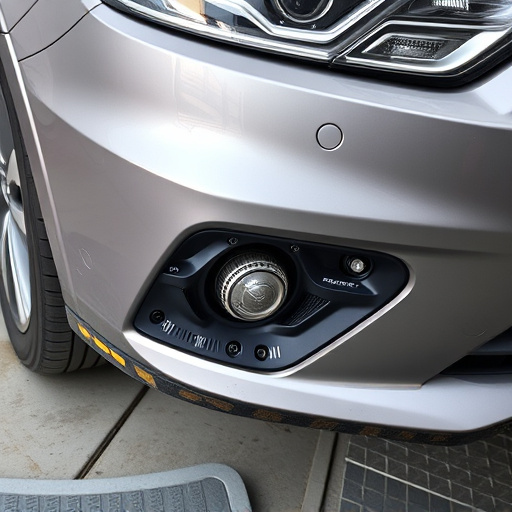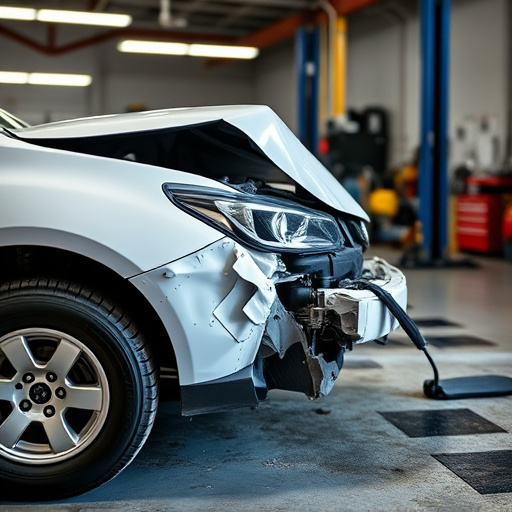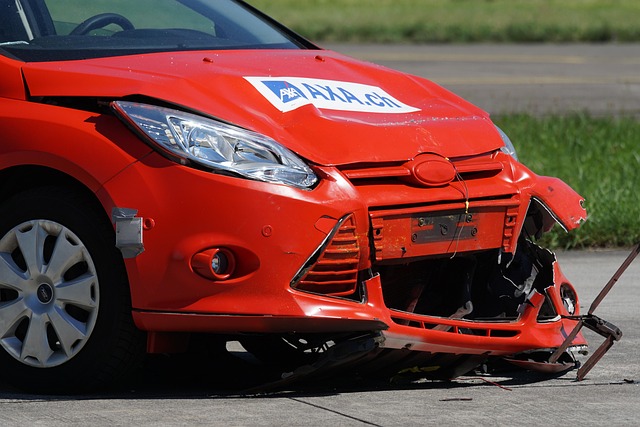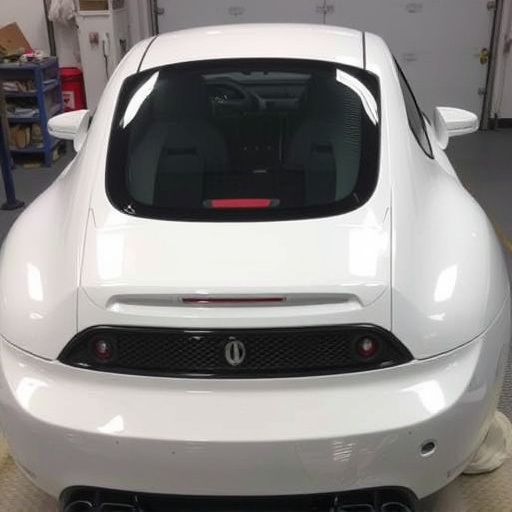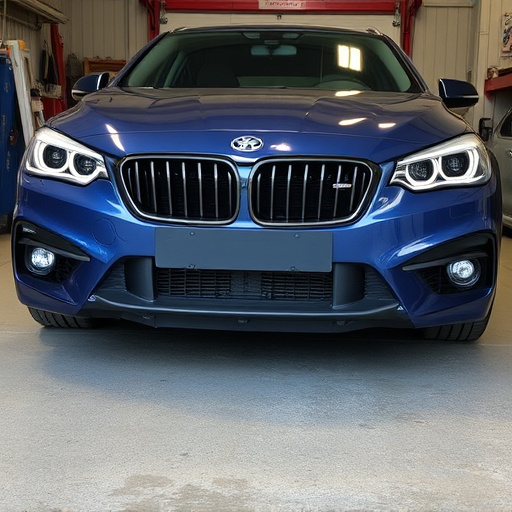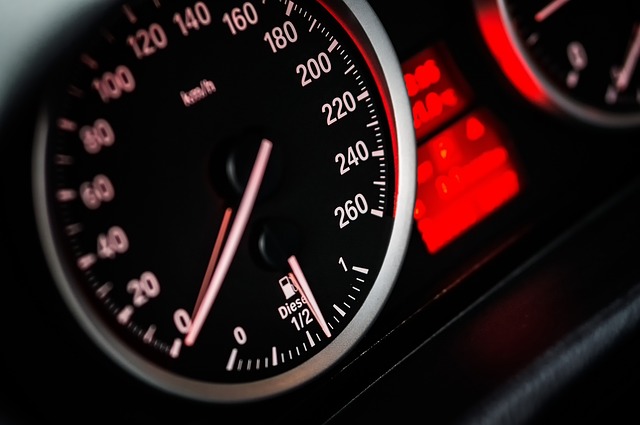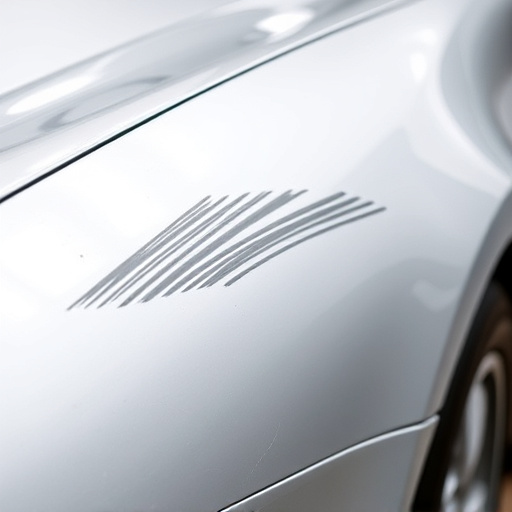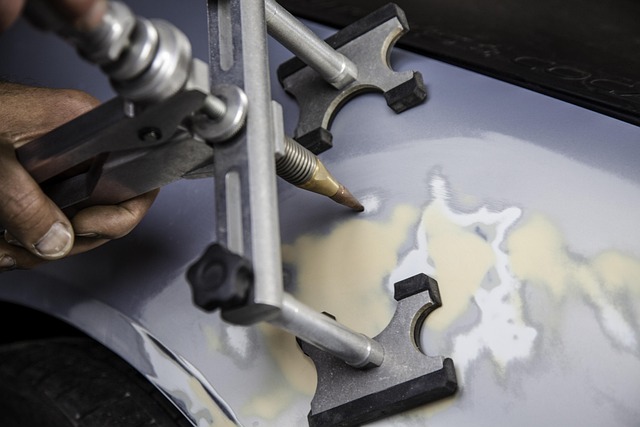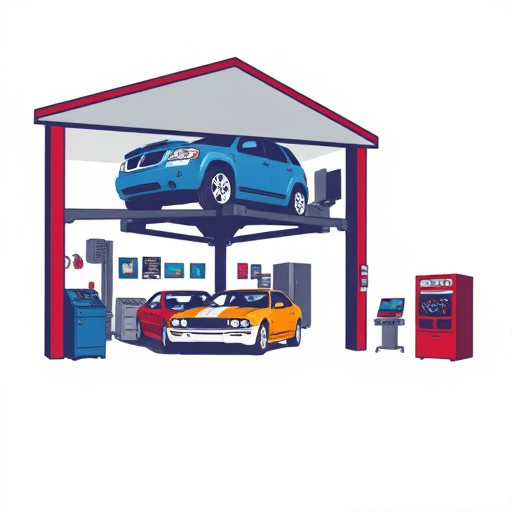Tesla minor collision repairs focus on treating common exterior damage like dents, scratches, and paint cracks. While DIY fixes are tempting, professional auto body painting and meticulous sensor recalibration are vital after severe collisions. Skilled technicians use advanced diagnostics to ensure optimal sensor performance, which is crucial for features like Autopilot and collision avoidance. A structured approach with thorough inspection, quality parts, and continuous training guarantees efficient and safe Tesla minor collision repairs.
In today’s world, Tesla vehicles are renowned for their advanced technology and safety features. However, even with meticulous care, minor collisions can occur, affecting sensors crucial for autonomous driving. This article delves into the intricacies of Tesla minor collision repair and sensor recalibration. We explore common issues post-collisions, emphasizing the vital role of recalibrating sensors to restore safety functionalities. By understanding these processes, owners can ensure their vehicles return to peak performance efficiently.
- Understanding Tesla Minor Collision Repair: Common Issues and Their Impact
- The Role of Sensor Recalibration in Restoring Tesla's Safety Features
- Effective Strategies for Ensuring Quality and Efficiency in Post-Collision Repairs
Understanding Tesla Minor Collision Repair: Common Issues and Their Impact

Tesla minor collision repairs are a specialized service, addressing common issues that can arise from even seemingly minor vehicular accidents. These incidents often result in damage to the vehicle’s exterior, including dents, scratches, and cracks in the paint. While some owners might attempt DIY repairs for cosmetic touches, professional auto body painting and sensor recalibration are crucial after more significant collisions.
The impact of these issues extends beyond aesthetics. Sensors on Tesla vehicles play a vital role in safety systems like autonomous driving and collision avoidance. Even minor crashes can disrupt sensor alignment, leading to inaccurate readings and compromised performance. Therefore, proper vehicle body repair and subsequent sensor recalibration are essential steps to ensure the car operates at its highest level, maintaining both safety standards and optimal performance.
The Role of Sensor Recalibration in Restoring Tesla's Safety Features

After a minor collision, Tesla vehicles require meticulous care to restore their safety systems, and this is where sensor recalibration plays a pivotal role. Sensors are the unsung heroes of modern automotive safety, constantly monitoring the vehicle’s surroundings. When involved in a crash, even a minor one, these sensors can be disrupted, leading to potential safety risks. Recalibrating these sensors ensures that they function optimally, providing the critical data needed for features like Autopilot and collision avoidance systems.
This process involves sophisticated diagnostics to identify any changes in sensor readings caused by the impact. Skilled technicians then adjust the calibration settings to match the vehicle’s post-collision state, effectively “resetting” the sensors’ performance. It’s akin to fine-tuning an orchestra’s instruments after a brief disturbance, ensuring each sensor contributes harmoniously to the overall safety of the Tesla. Effective sensor recalibration is thus an essential component of high-quality Tesla minor collision repair services, guaranteeing that the vehicle returns to its peak safety capabilities and road readiness.
Effective Strategies for Ensuring Quality and Efficiency in Post-Collision Repairs
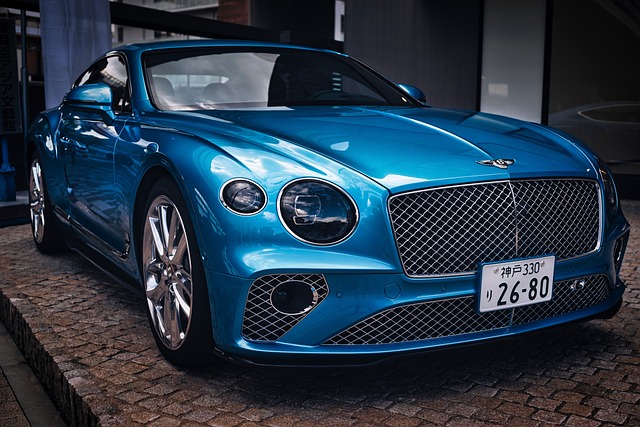
When it comes to Tesla minor collision repair, a structured approach is key to achieving both quality and efficiency. The first step involves thorough inspection using advanced diagnostic tools to accurately assess damage across various components, including sensors and frameworks. This methodical evaluation enables technicians to identify and address even subtle issues that could impact vehicle safety and performance.
A well-planned process ensures seamless integration of replacement parts, whether it’s auto glass repair or sensor recalibration. Trained professionals use genuine Tesla spare parts and adhere to manufacturer guidelines for repairs, guaranteeing precision and long-lasting results. Additionally, regular training sessions on the latest repair techniques and technology help maintain high standards in car repair services, making every vehicle as good as new.
In conclusion, understanding and addressing Tesla minor collision repair, particularly sensor recalibration, is paramount for ensuring the safety and performance of these advanced vehicles. By implementing effective strategies that focus on quality and efficiency, repair shops can effectively restore Tesla’s safety features to their optimal state. This not only guarantees customer satisfaction but also plays a crucial role in maintaining the vehicle’s overall functionality and value in today’s market.
